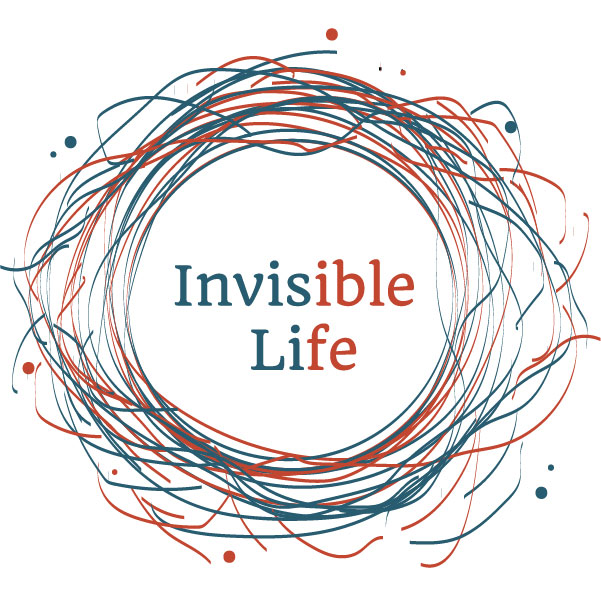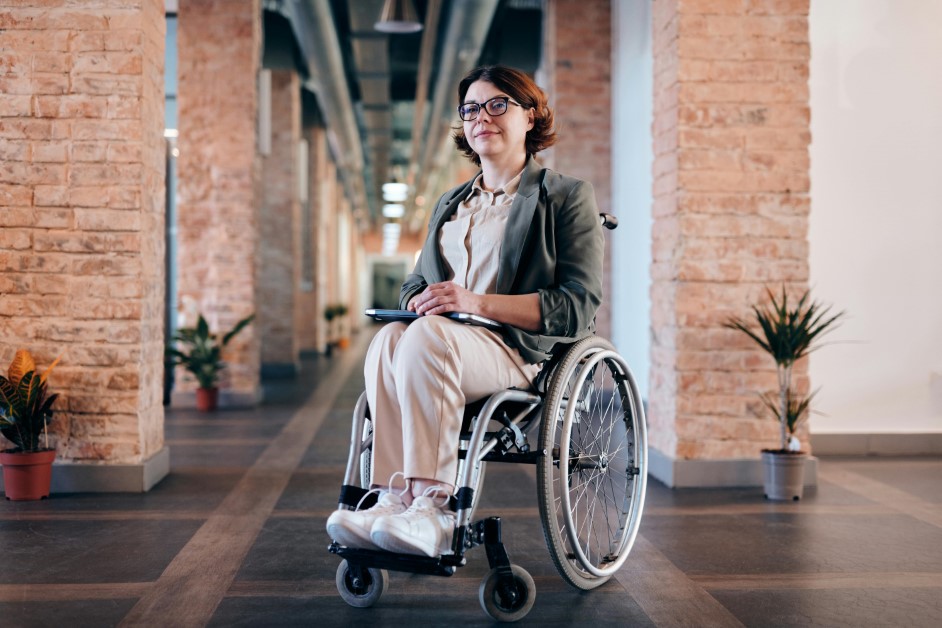According to The World Health Organization, 1.3 billion people worldwide suffer from a type of disability. That equates to 16% of people globally, or 1 in 6 people.
The term disability is an umbrella term that represents a diverse group of people with a variety of challenges and needs. It also affects people differently: two people with the same disability may have different symptoms and severities.
Disabilities can affect a person’s mobility, vision, hearing, behavior, and learning ability. These conditions can happen at birth or later in life, develop and get worse, or improve over time depending on the nature of the disability and the amount of help the person receives.
What Is A Disability?
A disability is when someone has difficulty interacting with the world around them. It can affect their mind or body. People with disabilities struggle with day-to-day tasks and experience barriers to everyday activities.
According to the World Health Organization, disability has three dimensions:
- Impairment in a person’s body structure or function, or mental functioning; examples of impairments include loss of a limb, loss of vision, or memory loss.
- Activity limitations, such as difficulty seeing, hearing, walking, or problem-solving.
- Participation restrictions in normal daily activities, such as working, engaging in social and recreational activities, and obtaining health care and preventive services.
Cause of Disabilities:
There are many causes for disabilities. Some occur at birth due to genetics, infection, or substance abuse during pregnancy.
Others occur suddenly due to a sudden injury, such as getting into a car accident and hurting your spine, resulting in being paralyzed.
Certain complications from illnesses can cause a person to be disabled, such as loss of vision due to diabetes, or chronic fatigue from Lyme disease.
Age can also bring on disabilities later in life, such as severe arthritis or osteoporosis.
Is A Disability Curable?
Short-term disabilities, such as needing a wheelchair or crutches for a broken leg may resolve themselves (when the leg heals) and the person can return to normal life.
However, many disabilities currently have no cure. The severity of the disability can worsen, stay the same, or improve over time, but the underlying condition remains.
Fortunately, due to scientific and technical advances, new clinical trials and cures are coming out for diseases and conditions that once had none.
Common Barriers to Being Disabled
Some common barriers people with disabilities face include:
- Walking certain distances
- Going up or downstairs
- Speaking so the listener can understand
- Understanding what was said during a conversation
- Seeing words on paper or screen even with glasses
Types of Disabilities
Disabilities can affect a wide range of functions, including:
- Vision
- Movement
- Thinking
- Remembering
- Learning
- Communicating
- Hearing
- Mental health
- Social relationships
Disabilities are often organized into three categories: physical, mental, and cognitive.
Physical:
- Paralyzed (needing a wheelchair)
- Cerebral Palsy
- Visual Impairment
- Hearing Impairment
- Chronic Fatigue Syndrome
- Down Syndrome
- Limb Amputation
- Stroke
Mental:
- PTSD
- Dementia
- Severe Autism
- Eating Disorder
- Schizophrenia
- Bipolar Disorder
- Depression
- Anxiety Disorders
Cognitive:
- Learning disability
- Dyslexia
- Auditory Processing Disorder
- Visual Motor Deficit
- Nonverbal Learning Disabilities
** Note that not all of the above conditions are disabling for everyone who has them. For instance, one person with depression may be able to work, live alone, and have a social life while another person with depression isn’t able to work, support themselves, or socialze easily. Each case is unique to the individual and how the condition affects their daily life.
Invisible Disabilities
Just like illnesses, not all disabilities are visible to the casual viewer. Not every disability requires a mobility aid or limits a person in all capacities.
A person with a mental disability like depression or a learning disability like dyslexia likely appears and acts normally in a social situation. Similarly, a person with a physical disability such as common fatigue syndrome, may appear and behave normally.
In addition, some people with disabilities only use mobility aids as needed. One day a person may need to use their parking pass and walker to go to the grocery store, but the next day they may feel well enough to walk through the parking lot and shop without an aid.
It is best to never assume someone is or isn’t disabled, or ‘disabled enough’ because of their outward appearance.
Learn more about invisible illnesses here.
What is Ableism
Unfortunately with disabilities, comes ableism. Ableism is when an individual or a group holds negative attitudes, stereotypes, and stigma towards people with disabilities. These views make the person devalue and limit the potential of a disabled person.
Whether this attitude is conscious, or unconscious, it can have grave effects on the disabled community, such as:
- Limiting opportunities for people with disabilities
- Reducing inclusion into the community a disabled person lives in
- Making it harder for a disabled person to get the needed aids and assistance
Disability and the Environment
The environment around the person who is disabled can play a critical role in how well their disability is managed, and how much support and aid they receive.
Key Environmental Factors Include:
- Social and family support
- Accessible tranpsotaion
- Access to regular health care and treatments
- Suitable living
- Access to mobility aids
- Suitable accommodations at home and work
The more positive environmental factors a disabled person has, the more chance they have of living a fuller, more independent lifestyle. Without these key factors, a disabled person may struggle to treat their symptoms, find suitable housing, or have working opportunities.
Disability Laws
Disability laws vary from country to country. In general, disability laws are meant to help protect those who are disabled from discrimination. Some countries also have programs to help with the cost of aid, provide affordable housing, and substitute income.
Even with disability laws, there still needs to be improvements. When a person with a disability is discriminated against, it still takes time, energy, and money to file a case – things not all disabled people have access to.
All too often people with disabilities have to fight for accommodations, such as when their building owner or boss refuses to provide them.
There are also many people and things in society that hold negative views of the disabled. Many parts of society still lack proper accommodations, such as buildings with elevators and ramps, companies willing to hire and accomodate them.
Common Stresses of Being Disabled
- Poor Self-esteem
- Grief
- Feeling like burden
- Financial tole
- Fighting for accommodation, and aids
- Discrimination – such as being denied a first-floor apartment, or overlooked at work
- Social stigma and ableism
Find out common stresses of being chronically ill.
What Can I Do To Help?
You can’t magically cure someone with a disability. However, there are things you can still do to help”
- Never assume if a person is disabled or not, or assume what they can or can’t do
- Only provide help if they ask for it, and only help them with what they ask for
- Never touch or move a person’s wheelchair or mobility advice without asking
- Be an advocate for people with disabilities, advocate for appropriate accommodations, and a more accepting society
Key Points
- A disability is when someone has extra challenges interacting with the world around them.
- Disabilities can affect anyone: at birth, after a serious injury or illness, or with age.
- The severity of a disability can get worse, stay the same, or improve at any point in time.
- Having accommodations and social support can help a disabled person become more independent and live a better life.Ableism is when a person has a negative attitude and bias towards those who are disabled and believes they have less value.
- The best way to help is to advocate for those with disabilities and help them on their own terms.

